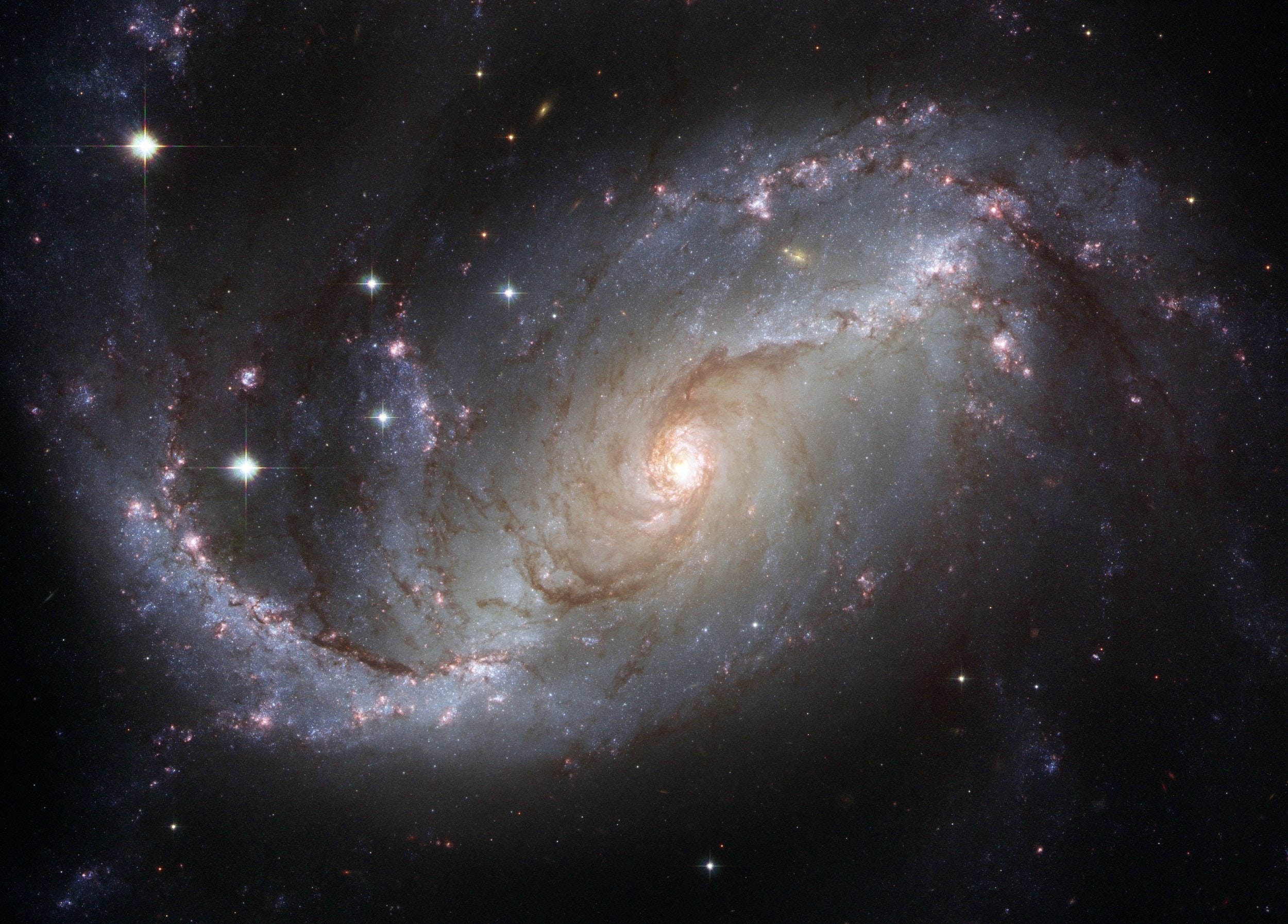Mind Boggling Facts About Outer Space: Exploring the Vastness of the Universe

Outer space, also known as the universe, is a vast expanse of darkness, stars, planets, and galaxies. It is a source of mystery and wonders for humans, who have been studying it for centuries. With the advancement of technology, scientists have discovered many fascinating facts about outer space that continue to boggle the mind.
In this article, we will explore some of these mind-boggling facts about outer space.
The Universe is Expanding
One of the most fascinating facts about the universe is that it is expanding. This means that the distance between galaxies is increasing over time. Scientists believe that the universe began with a Big Bang, which occurred approximately 13.8 billion years ago.
Since then, the universe has been expanding at an accelerating rate. The expansion of the universe is caused by dark energy, which is a mysterious force that scientists are still trying to understand.
The Universe is Huge
The universe is so vast that it is difficult to comprehend its size. The observable universe, which is the portion of the universe that we can see, is estimated to be about 93 billion light-years in diameter.
This means that it would take light 93 billion years to travel from one end of the observable universe to the other. However, the actual size of the universe may be much larger than the observable universe, as there may be parts of the universe that we cannot see.
There are Trillions of Galaxies in the Universe
Galaxies are collections of stars, gas, and dust that are held together by gravity. There are billions of galaxies in the observable universe, and each galaxy can contain billions of stars.
However, recent studies have suggested that there may be as many as two trillion galaxies in the entire universe. This means that there may be more galaxies in the universe than there are stars in the Milky Way.
Black Holes are Fascinating and Terrifying
A black hole is a region in space where the gravitational pull is so strong that nothing can escape, not even light. Black holes are formed when a massive star collapses in on itself. They are fascinating and terrifying at the same time, as they can swallow up entire stars and galaxies. However, black holes are also important for the universe, as they help to shape the structure of galaxies and the universe as a whole.
The Sun is Just One of Many Stars
The sun is the closest star to Earth and is the center of our solar system. However, it is just one of many stars in the universe.
There are billions of stars in the Milky Way galaxy alone, and there may be as many as 100 billion galaxies in the universe. This means that there could be trillions of stars in the entire universe.
There May be Other Habitable Planets in the Universe
Earth is the only planet in the solar system that is known to support life. However, scientists believe that there may be other planets in the universe that could support life.
These planets are known as exoplanets, and thousands of them have been discovered in the last few decades. Some of these exoplanets are located in the habitable zone of their star, which is the region where conditions are just right for liquid water to exist.
The Speed of Light is Mind-Boggling
The speed of light is approximately 299,792,458 meters per second. This means that it would take light just over one second to travel from the moon to Earth.
However, the speed of light is not just fast, it is mind-bogglingly fast. It is the fastest speed that anything can travel in the universe, and it is a fundamental constant that governs the behavior of the universe.
The Universe is Home to Many Mysteries
Despite all the knowledge we have gained about outer space, there are still many mysteries that remain unsolved. Some of these mysteries include the nature of dark matter, the possibility of parallel universes, and the ultimate fate of the universe. Scientists continue to study these mysteries in the hope of gaining a better understanding of the universe and our place in it.
The Age of the Universe is Mind-Boggling
The universe is believed to be approximately 13.8 billion years old. This means that the universe was formed just a few hundred million years after the Big Bang. It is difficult to comprehend the age of the universe, as it is so much older than anything we can experience in our daily lives.
Space Travel is Challenging
While humans have made significant advances in space travel over the last few decades, it is still an incredibly challenging task. The vast distances involved make it difficult to travel to other planets and stars, and the harsh conditions of space make it difficult to sustain human life for extended periods. However, scientists and engineers continue to work on developing new technologies that will make space travel safer and more efficient.
And, finally, to conclude.
Outer space is a vast and mysterious place that continues to fascinate and boggle the mind. From the expanding universe to the trillions of galaxies, black holes, and the search for habitable planets, there is no shortage of mind-boggling facts about outer space.
While there are still many mysteries to be solved, scientists and engineers continue to work towards gaining a better understanding of the universe and our place in it. As we continue to explore the vastness of outer space, we are sure to discover even more mind-boggling facts in the years to come.





